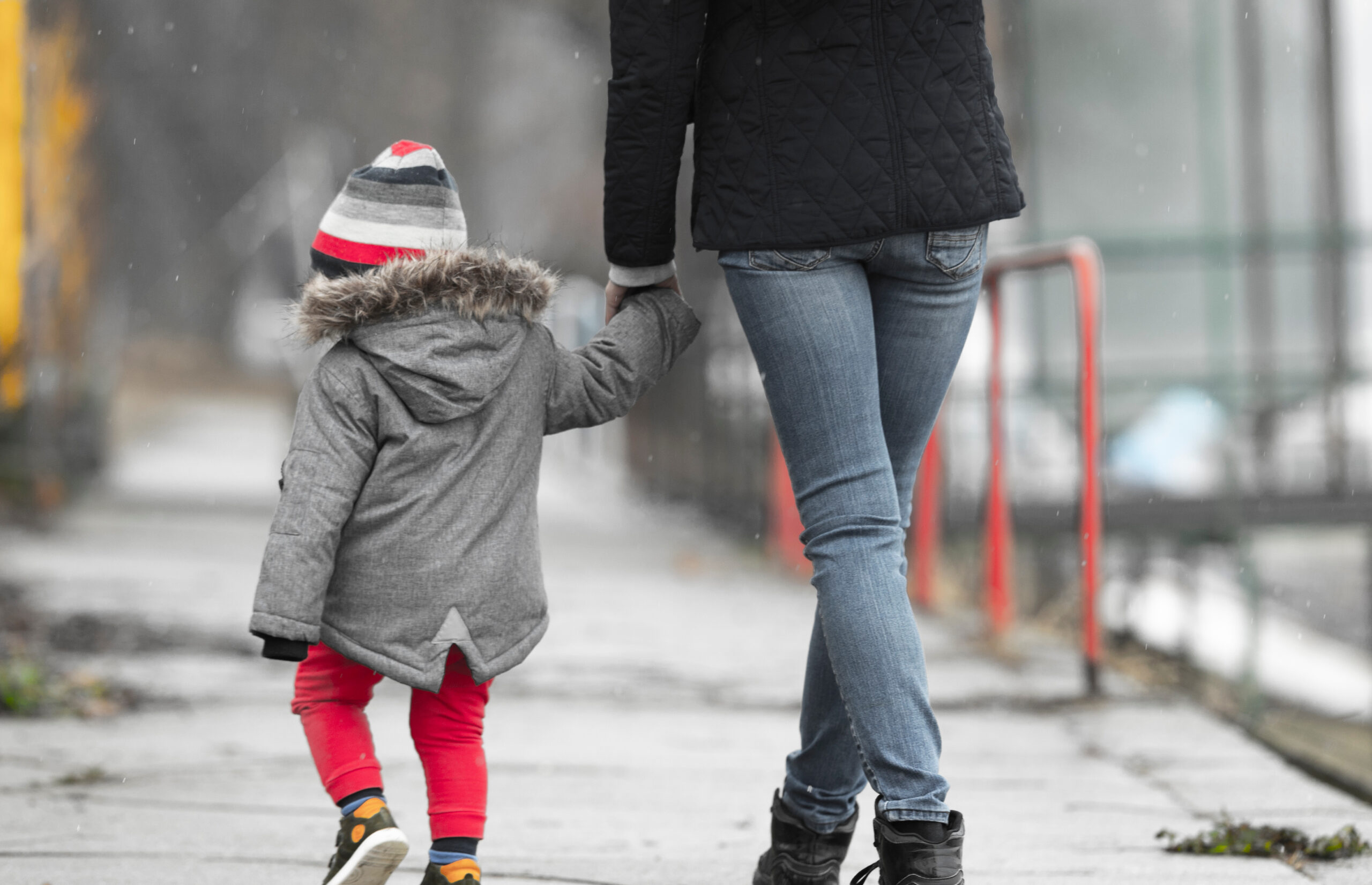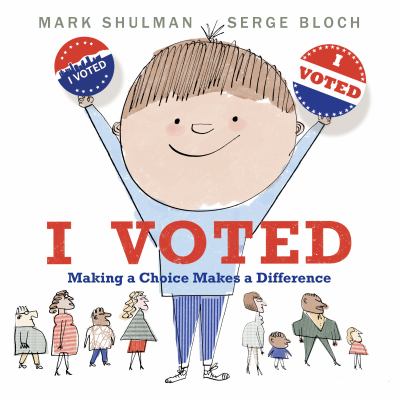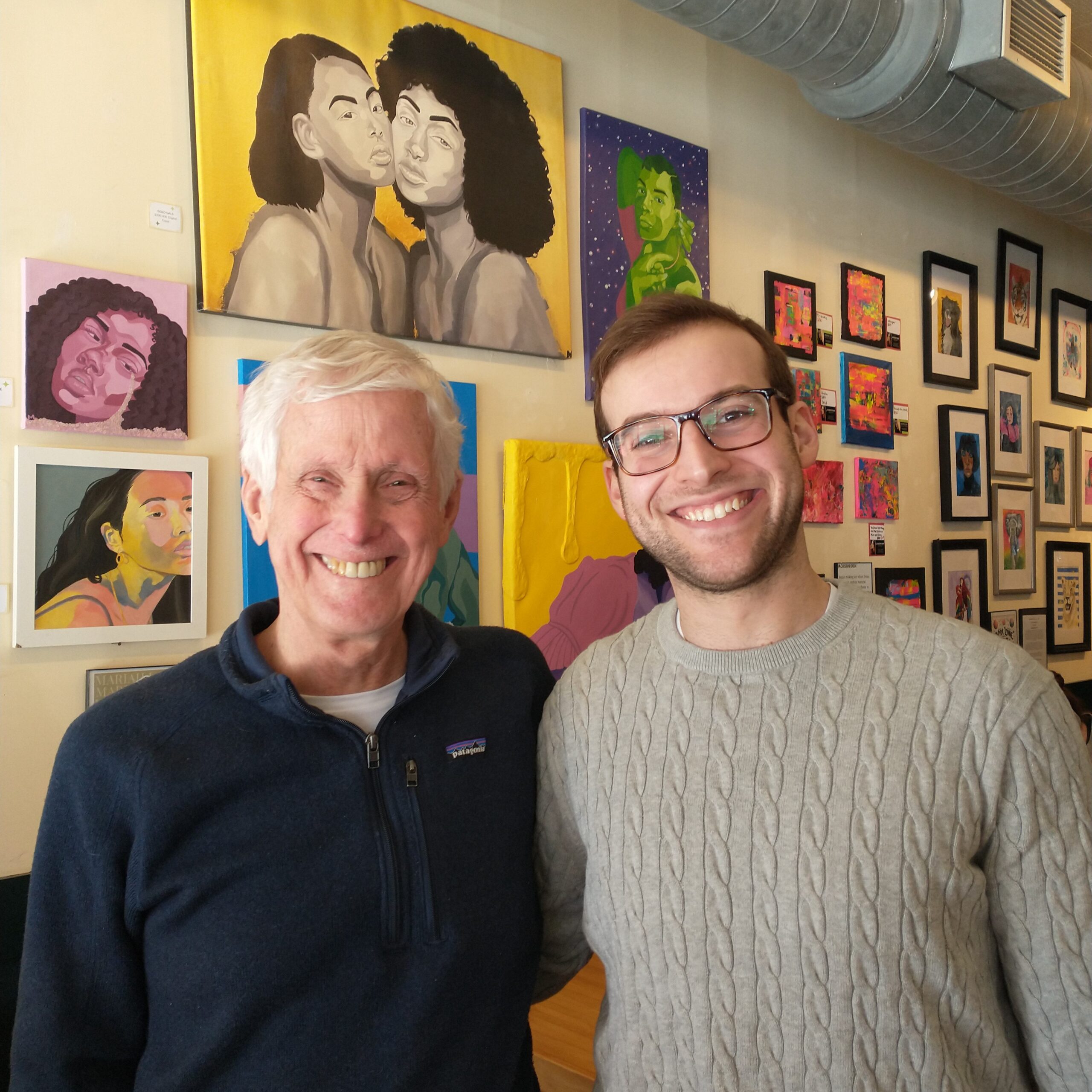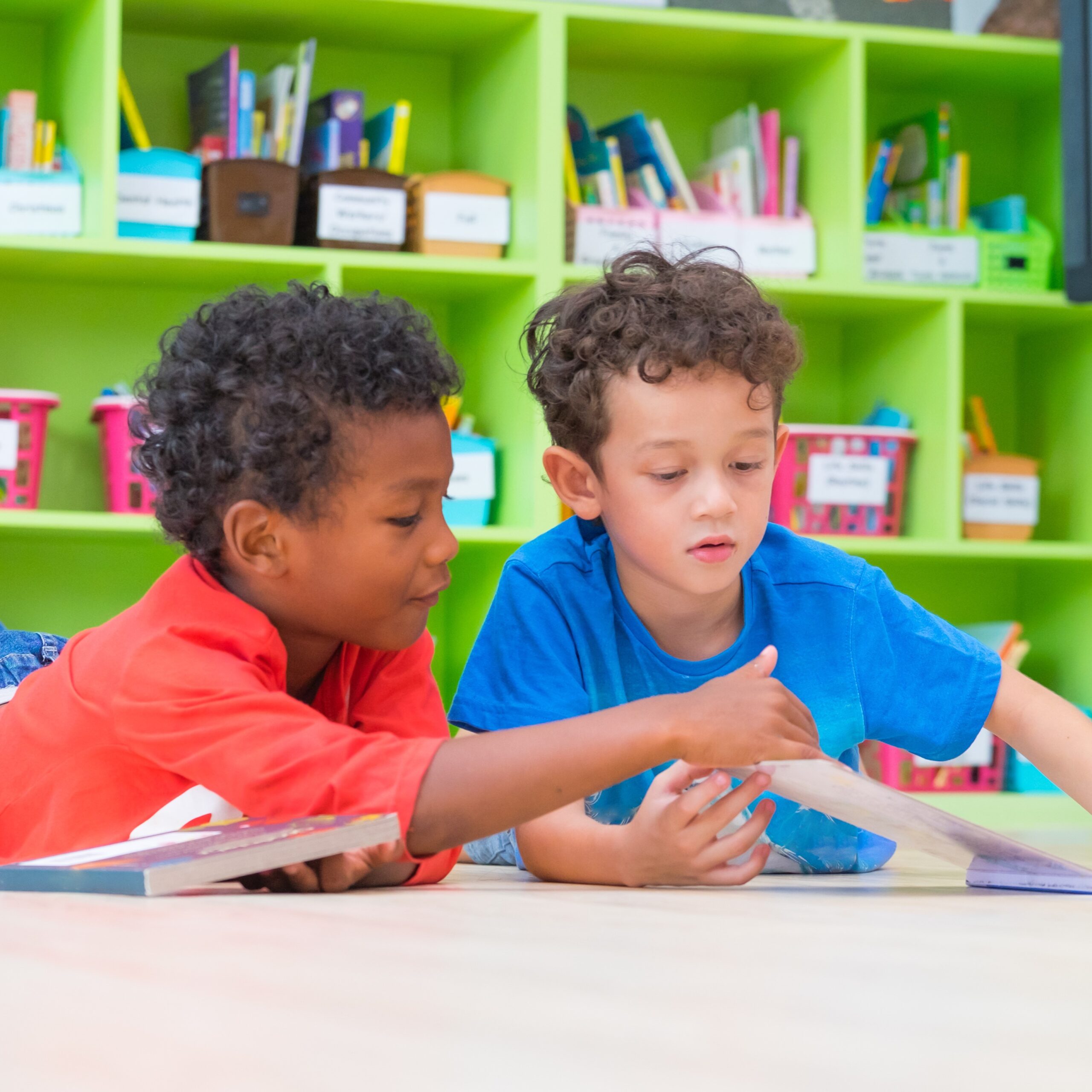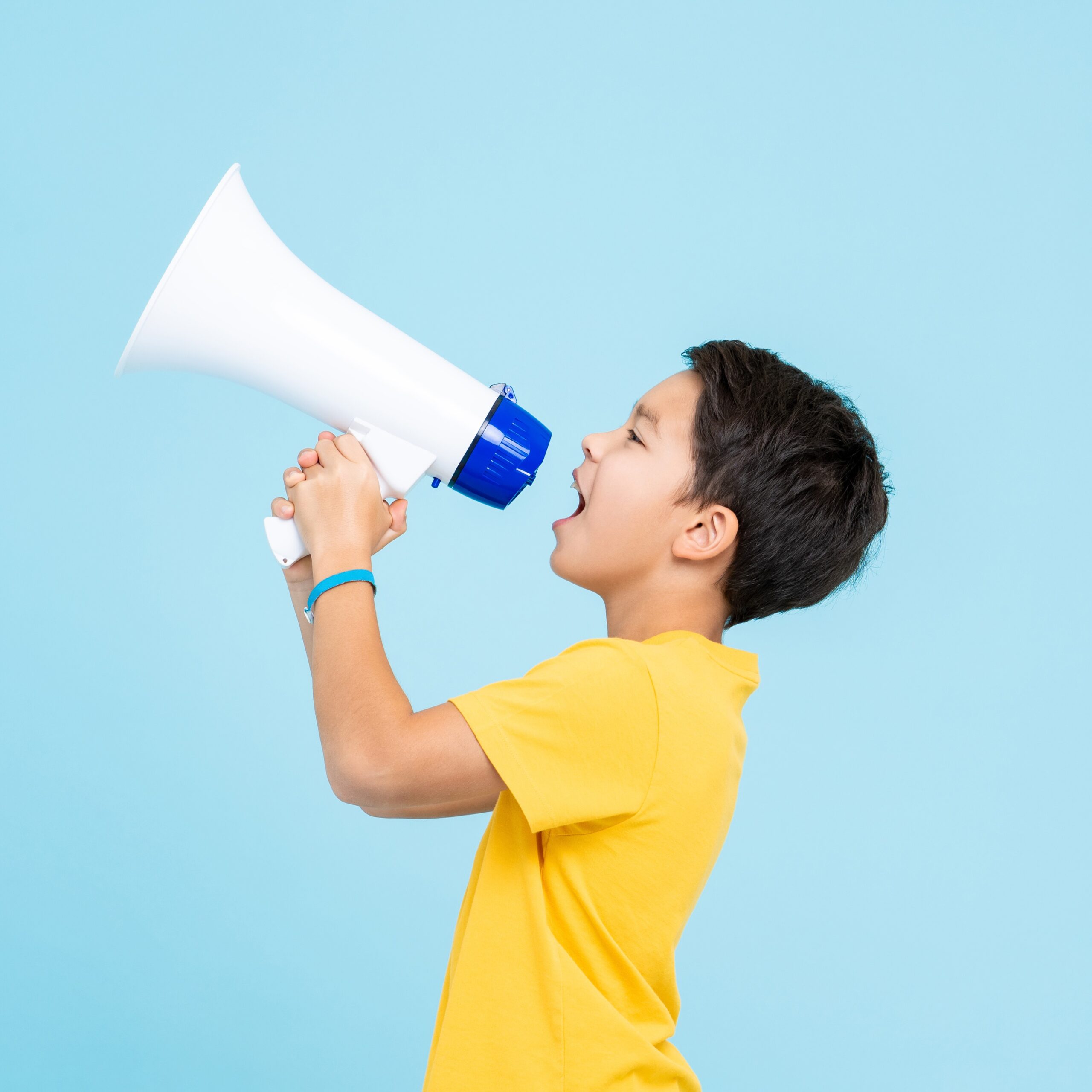By Marie Huey, Public Policy & Advocacy Coordinator

February’s Ann Kaner-Roth Policy hour provided an opportunity to hear from state agencies about their current early childhood projects.
Governor’s Children’s Cabinet
Stephanie Hogenson, Policy Director for the Governor’s Children’s Cabinet, started off the hour by talking about the work of the Children’s Cabinet.
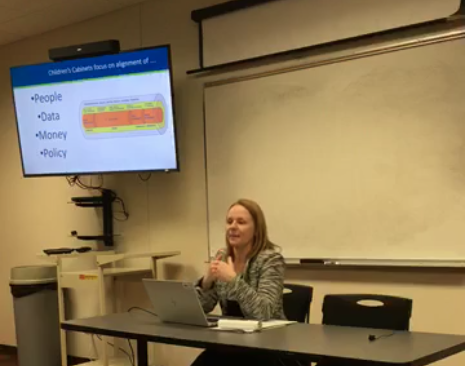
The overarching goal of a Children’s Cabinet is to align state leaders around children and families. By better coordinating data, money, people, and policy, the cabinet seeks to make it easier for families to access services.
Governor Walz and Lieutenant Governor Flanagan re-launched the Children’s Cabinet in August 2019. They made a few structural changes to the cabinet, which included co-chairing the cabinet and adding state agencies to the group. The Children’s Cabinet is now comprised of commissioners from 22 state agencies–every agency except for the Department of Veteran’s Affairs and the Bureau of Mediation Services.
The commissioners convene to discuss how to better coordinate their services. Additionally, when agencies propose new policies, they are asked to explain how the proposals will impact children and families.

The Children’s Cabinet identified five priority areas to address:
- Mental health and well-being
- Access to child care and early education
- Housing stability
- Healthy beginnings (maternal and infant health)
- Educational opportunity
Using the Results Based Accountability Framework, the cabinet will work toward measurable goals both within their agencies and with the legislature. Five cross-agency action teams are working on these goals and are made up of program staff.
The departments are currently working on fiscal mapping—a data collection tool that tags and tracks agency resources spent on children and families. This will help give an overarching view of how funds are spent and how they could be better coordinated. The work in all of these areas is being done with a goal of creating a 2021 Governor’s budget with an extreme focus on children.
The Children’s Cabinet is also interested in a pro-bono analysis of cross-agency licensing coordination for child care programs. There is a request for proposal (page 17) available now.
Preschool Development Grant
To update us on the Preschool Development Grant Birth to Five (PDG), Megan Waltz and Terry Roloff from the Minnesota Department of Human Services joined the group. Minnesota received a renewal grant for the PDG to build on the one year planning grant which ended last year. The funding for the renewal grant is $8.9 million per year from December 31, 2019-December 20, 2022.
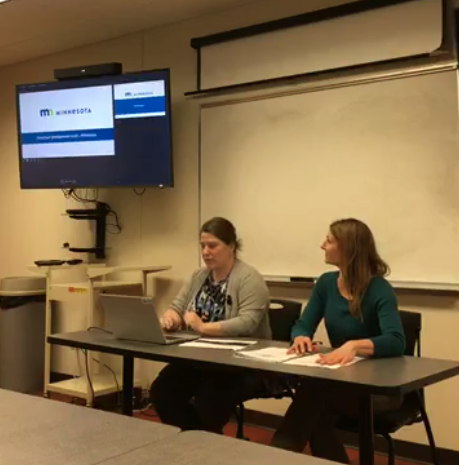
Like the work of the Children’s Cabinet, the PDG is a cross-agency effort. Staff form the Minnesota Departments of Education, Health, and Human Services are working together to move it forward along with the Children’s Cabinet. The goal is to improve the way families connect with resources for young children. One key component of this is data infrastructure. The agencies will work to better coordinate the data thy currently collect.
Another important part of the PDG is the community hubs, called Help Me Connect. These will build off of Help Me Grow, the referral line for children birth to age five. Help Me Connect will be implementation hubs where families can connect in person with people who can help them navigate the resources available in their communities. There will be a relationship-based approach to make sure families are connected as smoothly as possible and do not have to share their stories repeatedly in order to access what they need. Help Me Connect will go beyond the developmental referrals of Help Me Grow to include other economic stability supports including housing, food assistance, etc.
Implementation hub grants will be available as part of the PDG. Existing entities can apply, or communities can create new entities to fulfill this role. The goal of the PDG is to test out some different options and figure out what works best in various communities throughout the state.
Additionally, the PDG includes Community Solutions sub-grants to support the legislation passed last year to address racial disparities in outcomes of young children and families.
Workforce supports are another element of the PDG and will include a variety of strategies, from Mental Health Consultation to marketing to recruit and retain the early childhood workforce. Community engagement is an essential part of the PDG, as is evaluation.
Stay tuned as the PDG continues to move forward, and find all the latest updates on the webpage.

